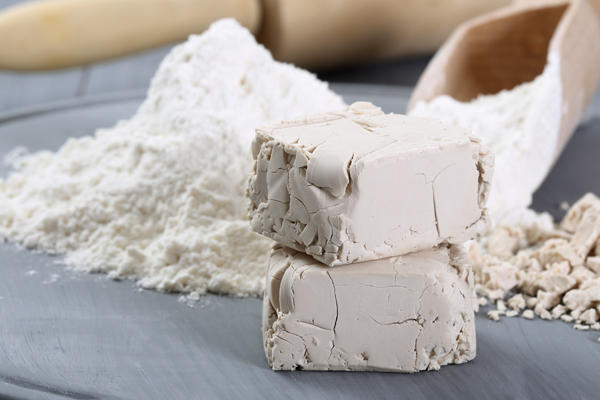Bread
Micro-organisms have been used since ancient times to make bread, cheese, yoghurt and many drinks like wine etc.All Food manufacturers continue to use micro-organisms today to make a wide range of food products by a process is known as fermentation. Fermentation not only gives food but,it also gives a good taste, texture and smell, but it causes changes that reduce the growth of unwanted food microbes. This improves the food’s storage life and safety. Nowadays fermentations are used to make an amazingly wide range of food and drinks like wine,beer.
For making of bread yeast plays an major role.Yeast is called Saccharomyces cerevisiae is mixed with sugar, flour and warm water to make bread. The yeast uses the sugar and the sugars present in the flour as its food. It breaks them down to provide the yeast with energy for growth. The yeast grows by budding. As it does this bubbles of the gas carbon dioxide are produced in the dough.
The bubbles make the dough expand and rise. This is because the dough is extremely sticky and it traps the bubbles, preventing them from escaping. When the dough is baked the heat kills the yeast and the dough stops expanding.








